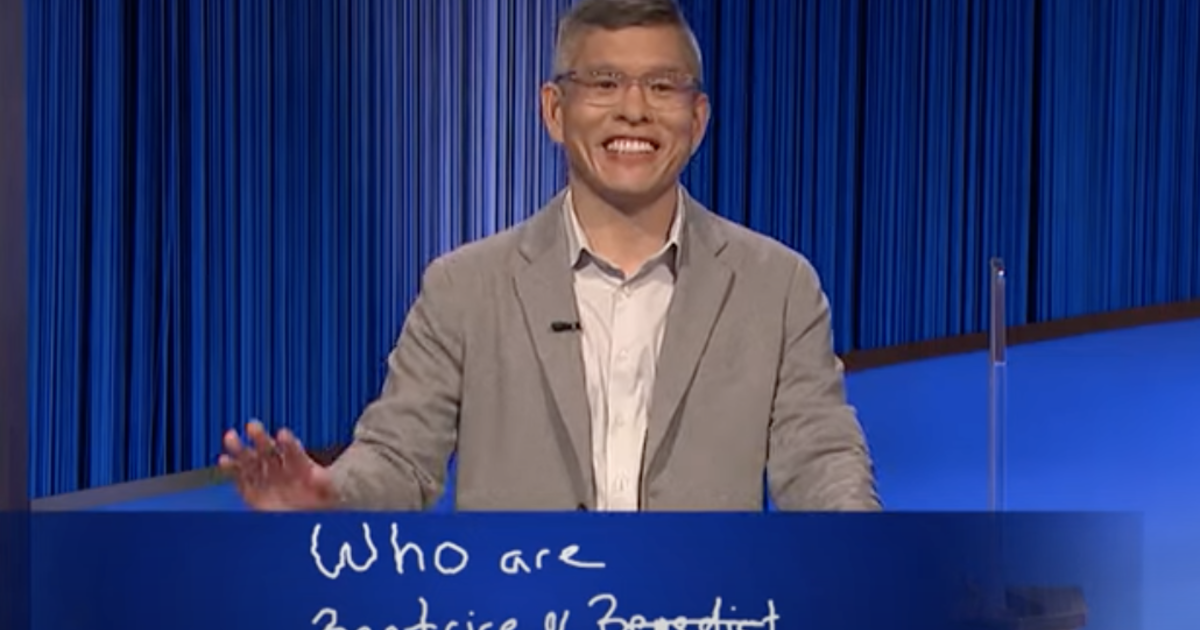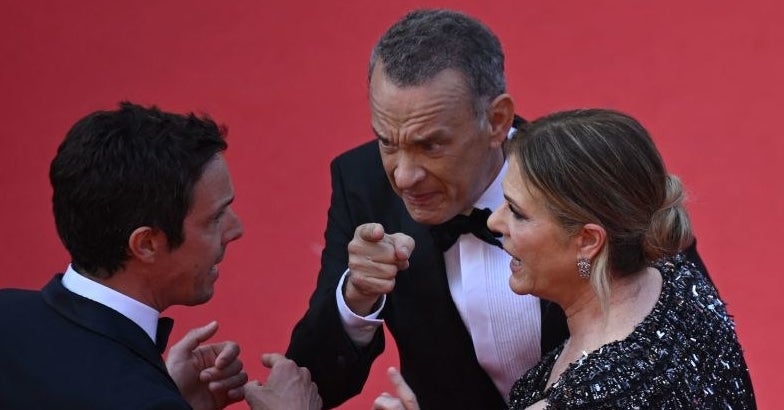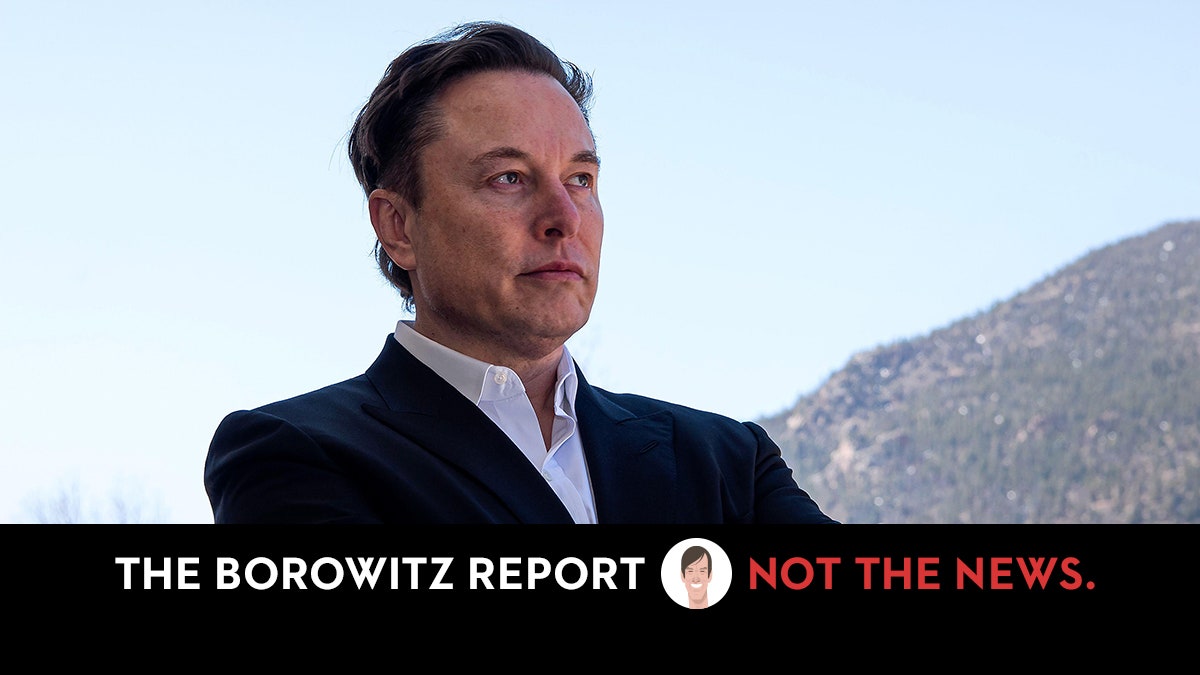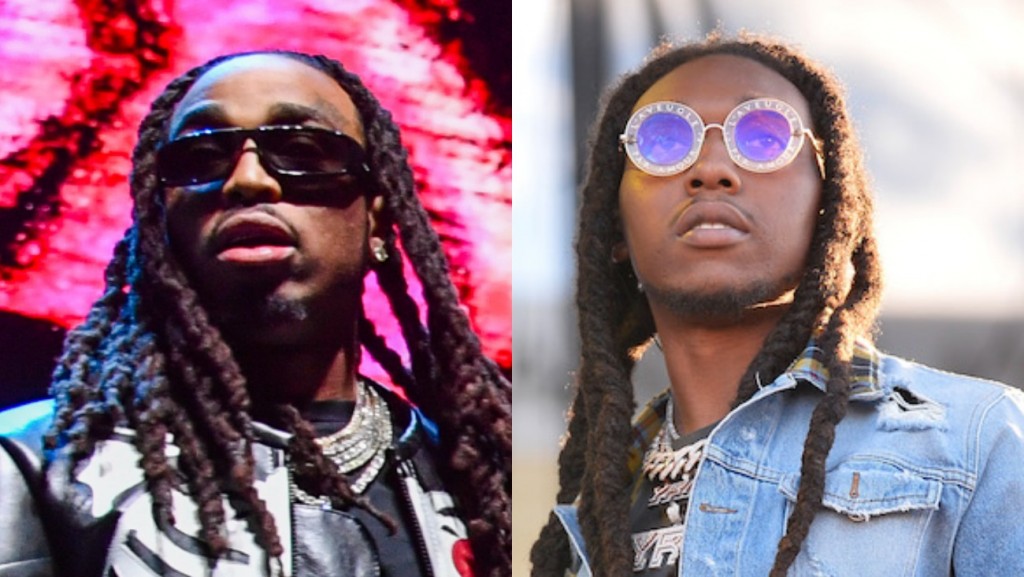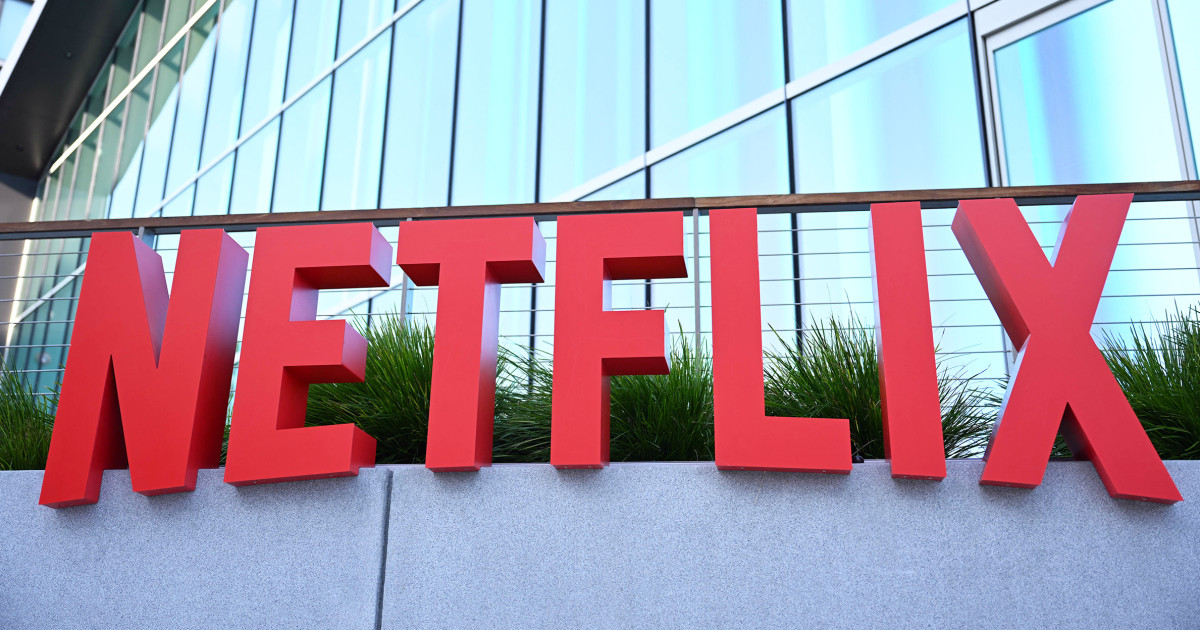It Doesn’t Matter Who Replaces Tucker Carlson

How do you measure the career of a cable-news man? When considering Tucker Carlson, whose tenure at Fox News ended on Monday, one feels compelled to speak in superlatives. Depending on whom you ask, Carlson was either a wildly popular demagogue who preached a nightly gospel of white supremacy, cruelty, and fear to an audience of forgotten Americans who became more radical, misinformed, and prone to violent insurrection with each passing monologue, or—despite his background as a wealthy, well-connected child of San Francisco—he was the only real populist remaining in a nation that had been otherwise sold out to corporate interests and wokeness.
Don Lemon, whose firing from CNN was also announced on Monday, was seen much more as a traditional network puppet. He is attractive and generally affable, and his most famous moments didn’t come from any political stance—save for an embarrassing and frankly bizarre rant, about the Presidential candidate Nikki Haley and what he saw as the “prime years” for women, that may have precipitated his firing—but rather his mildly unhinged New Year’s Eve broadcasts and a collection of gaffes that went viral for a day or two. Unlike in the case of Carlson, whose ousting has been the biggest story of the past twenty-four hours, there will be very few postmortems about Lemon’s departure and what it might mean for the future of cable news. But it’s worth asking whether these two TV men were really all that different, not so much in their approach but rather in the place that they held within the American imagination. In the telling that has crystallized over the past day, Lemon was just another easily replaceable talking head, whereas Carlson had a transformative effect on the body politic that was particular to his nightly performance. He would speak and viewers across the country would rage, specifically because he told them to.
I’ve always been skeptical about these purported lines of cause and effect, mostly because it’s in the media’s best interest to act as if it influences every part of American life. After the election of Donald Trump in 2016, for example, the Washington Post unveiled its “Democracy Dies in Darkness” motto, kicking off a years-long brand campaign that culminated in a maudlin Super Bowl ad in 2019 that reassured viewers, “When our nation is threatened, there’s someone to gather the facts, to bring you the story, no matter the cost—because knowing empowers us, knowing helps us decide, knowing keeps us free.” This message was accompanied by a slide show that depicted, among other things, a country ravaged by natural disaster and political strife. Good journalism would be the nation’s beacon, shining its truth light all over the lies of the President, and those of radicals of the far right and far left.
The form that all of this democracy-saving took was ideological in its mission and somewhat actuarial in its methods. The press did plenty of important reporting during the Trump Presidency, but its most visible interventions came in the form of endless, and often tedious, “fact checks” of the President’s lies, and a years-long investigation into his ties with Russia. These stories gave rise to a fight against “disinformation,” which, once again, highlighted the need for all those truth lights from trusted media sources. The implicit threat was that, if journalists could not claim their rightful, privileged perch on the airwaves and the news feeds, the racists and the liars would win, converting hearts and minds from the Philadelphia suburbs to Orange County, California.
After Trump lost in 2020, the liberal apparatus of media watchers and fact checkers turned much of its attention to Carlson. In some ways, the transition made sense: Carlson did spread lies on his show, which, on most nights, was just one long racist dog whistle. A Nielsen MRI Fusion study found that, in October of 2021, Carlson’s show was the top-rated news show among Democrats between the ages of twenty-five and fifty-four, easily eclipsing every program from MSNBC and CNN. Clips of his monologues were a constant presence on liberal social media, even spawning a crew of people who watched Tucker Carlson as their job. His added value to Fox didn’t come so much from his ability to fire up the racists and send out a call to a forgotten America, but rather from how effectively he could grab the attention of his ideological enemies. Just as Trump benefitted from the breathless and rightfully fearful coverage that he received from Fox’s news-media rivals, Carlson became the bogeyman for all liberal fears about the fascist future of the country.
But, although it’s true that Carlson was the most watched prime-time television-news personality in America—in the weeks leading up to his departure, he averaged more than three million viewers per night, nearly ten times the number of people who watched Lemon’s “CNN This Morning” in February—critics’ singular focus on his show made it seem as if he were a uniquely malevolent force inside Fox News. It’s easy to forget that Carlson’s ascent to his spot came just six years ago, when he took over for Bill O’Reilly, who was fired after a litany of sexual-harassment claims against him were made public. “Starting this week, a new era for prime-time cable news begins,” the New York Times declared in an article headlined “With Bill O’Reilly Out, Fox Rivals See a Chance to Move In.” The same questions that are being asked about Fox News today were asked back then: How would the network replace the wildly popular host who had departed? Would it clean up its act and maybe pump the brakes a bit on all the racism?
Carlson, at the time, was the replacement for Megyn Kelly, who had once been reformists’ great hope for Fox News to turn itself into a more responsible outlet. To some, Carlson’s ability to take over for Kelly, and then just as easily to replace the older, more established firebrand O’Reilly, might have reflected his talent—his ability to go seamlessly from cartoonishly stuffy conservative to populist demagogue. But, more likely, Carlson’s ratings were already locked in because of the loyalty of the Fox News audience, which, as of the end of 2022, was larger than the combined viewerships of CNN and MSNBC.
Perhaps more than those of any other network on television, the stars of Fox News—whether Kelly, whose moderate pragmatism was touted in credulous profiles when she left Fox for NBC, or O’Reilly, with his blustery anger—are more or less interchangeable. Their ratings do not reflect all that much other than their time slot. If you need evidence that O’Reilly and Kelly were just the faces that happened to be on the screen, look at what became of both after they left the network. Kelly’s show on NBC flopped, and she was ultimately fired for defending blackface on the air. O’Reilly is now the star of his own Web site, and rarely finds his way into any national conversation.
Ironically enough, Carlson’s need to rebut every liberal narrative also contributed to his downfall at the network. Carlson was the most prominent Fox News personality tangled up in the recently settled Dominion lawsuit, in which the voting-machine company sued Fox News for defamation over the network’s false claims about tampering in the 2020 Presidential election. His demise could be seen as the ultimate victory of the mainstream media’s fact-checking machine. But, just as was true with O’Reilly, Carlson wasn’t done in by his critics, or some shift in public opinion that finally determined that he was too much of a bigot to stay on the air. Instead, he was toppled by legal actions filed by people and companies that do not readily align themselves with his opposition: in O’Reilly’s case, women who worked at Fox News, and, in Carlson’s, a voting-machine company, which, by the very nature of its work, must remain as politically neutral as possible.

